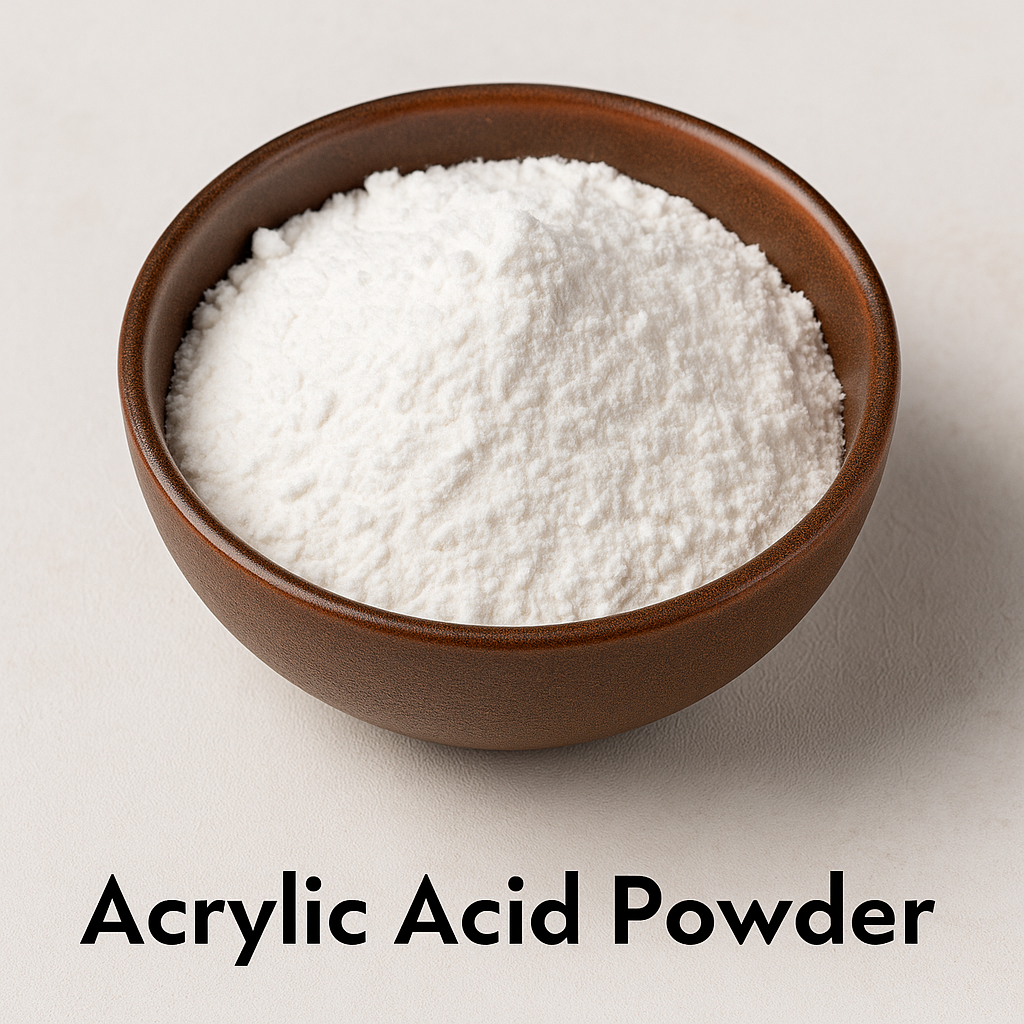
Acrylic Acid: Uses in Paints & Coatings
Properties, grades, and why acrylics remain a backbone for durable architectural and industrial finishes.
Overview
Acrylic acid is a foundational monomer used to build acrylic resins for both architectural and industrial coatings. Through co-polymerization with acrylates, methacrylates, and styrenics, formulators can tune hardness, flexibility, adhesion, and weatherability to meet specific performance targets.
Key Properties & Grades
- Purity & inhibitors: Available in technical and higher-purity grades. MEHQ/phenothiazine inhibitors are commonly used to control premature polymerization.
- Polymer design: Acid number, Tg, and molecular weight can be tailored for block resistance, flexibility, and adhesion to challenging substrates.
- Compatibility: Pairs well with methacrylates and styrenics to deliver gloss retention, clarity, and outdoor durability.
Applications
- Architectural paints: Exterior emulsions with UV stability and color retention.
- Industrial finishes: Metal primers, maintenance coatings, and e-coat systems needing corrosion resistance.
- Adhesives & sealants: Improved tack, cohesion, and crosslinkability for durable bonds.
Handling & Storage
- Temperature control: Store at recommended temperatures (typically 15–25 °C) to reduce polymerization risk.
- Closed, inhibited storage: Keep in closed containers; monitor inhibitor concentration and re-dose per TDS/SDS guidance.
- Compatible materials: Prefer stainless steel and compatible linings; avoid reactive metals.
- Safety: Ensure local exhaust/ventilation and use appropriate PPE; follow spill and emergency instructions from the SDS.
Key Takeaways
Acrylic acid–based polymers remain a versatile platform for long-lasting, high-performance coatings. With the right grade selection and sound handling practices, they deliver the balance of film properties modern specifications demand.